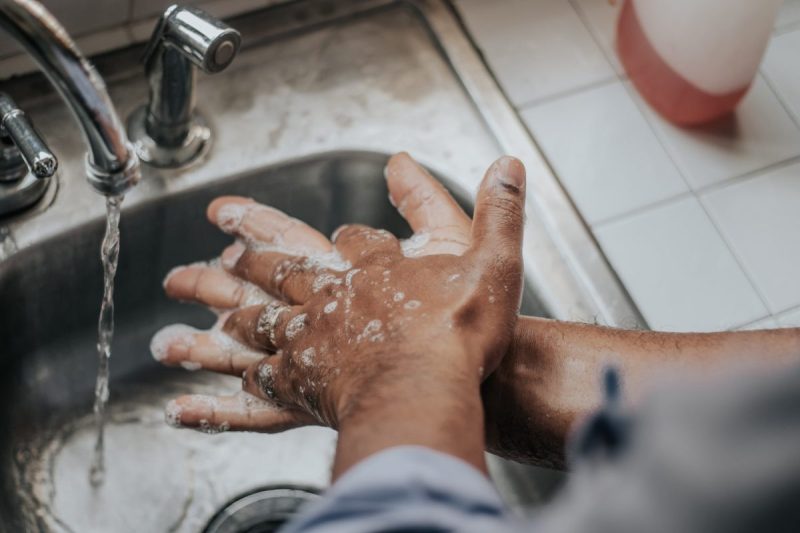You’re either a person that brings wipes and hand sanitizer when you travel, or you just leave it in the hands of the gods and go about your business. Whether you hope for the best or clean every surface as much as possible, we’re going to add another thing to be scared of when you travel. According to the CDC travel guidelines, there’s a new gross reason that will make you rethink your vacation plans (or, at least, be more vigilant about washing your hands).

What to watch out for
There’s a CDC travel advisory for a drug-resistant bacteria called XDR Shigella, and no, it is not as fun to have as it is to say. Shigellosis cases have been tracked at a growing rate that is alarming to the CDC.
In 2022, the total reported cases of the drug-resistant kind was 5%, and while that might seem low, the scary part is that you only have to go back to 2015 to see those cases at 0%.
What it is
This acute enteric infection usually goes after little kids (under four years old), but one worrisome part is that now it’s jumping to certain groups of adults, and spreading fast.
Symptoms
- Diarrhea
- Possible inflammatory and bloody diarrhea
- Stomach cramps
- Fever
Why this bacteria is so bad
It spreads quickly
One other downside of this bacteria and why it is so concerning is how easily it spreads. We’ve all seen this episode before.
- Touching contaminated surfaces and then your face
- Drinking contaminated water
- Eating contaminated foods
- Through sexual contact with someone infected
- Through fecal means, like the diaper of an infected child
- Caring for someone infected
It’s drug-resistant
Out of the 450,000 reported cases of this bacteria, a whopping 77,000 cases of the infection were the drug-resistant kind. You have to play the waiting game with this one to get better, and we all know how miserable that is to do.

How to stay healthy
If you haven’t loaded your car, home, and office with hand sanitizer by now, catch up to the rest of us. Here’s what the CDC says to do:
Wash your hands
The main way to keep yourself and others healthy is to wash your hands. Properly washing before and after doing activities and not touching your face while doing activities is the name of the game. Soap and water, people, soap and water.
If traveling, do these additional things
- Stay away from the tap water
- Don’t drink any unpasteurized milk
- Say no to ice in your drinks
- Skip uncooked veggies and fruits
- We’re sorry, but keep walking by those street food vendors
As with any illness, if you feel yourself getting worse, you aren’t improving, or the symptoms of this one — especially the bloody diarrhea — last longer than three days, see a doctor.
Though staycations are the best, we don’t want to scare everyone into staying home. There’s always something to worry about when you travel, no matter where you go, right? If you are planning on traveling in the near future, make sure you take all of the precautions and measures to stay healthy, so you don’t spend the entire time in the bathroom.



